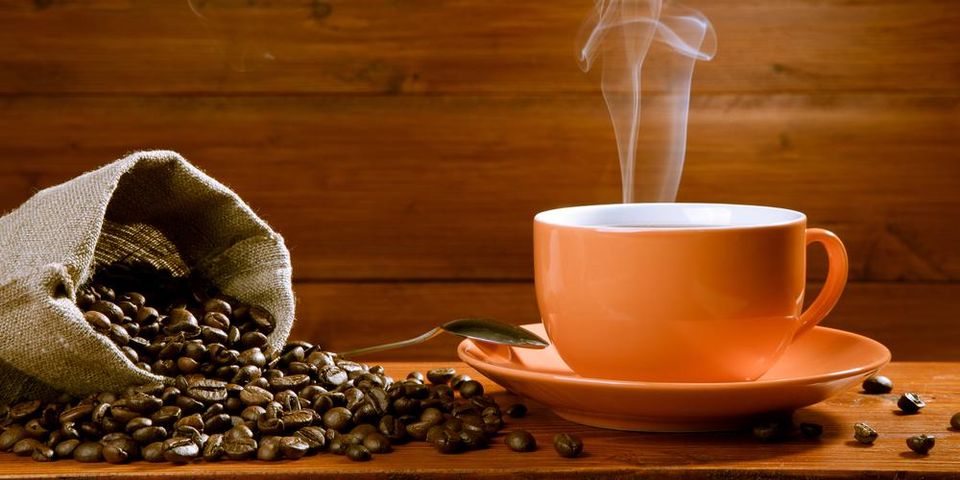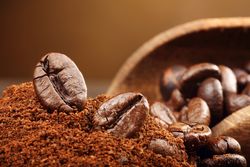
The pick-me-up buzz of a hot cup of coffee is a must for countless people across the country. For those who can’t quite take the boost of caffeine, however, decaffeinated coffee is an alternative that still packs all of the flavor of a normal cup. How the coffee beans are stripped of the energizing compound, however, is a mystery to many java drinkers. Here’s how it’s done.
The Different Methods of Decaffeination
Solvent-Based Processes
 The first of the two main decaffeination processes are often referred to as solvent-based. These methods use a chemical solvent such as methylene chloride or ethyl acetate and can be broken down into two categories.
The first of the two main decaffeination processes are often referred to as solvent-based. These methods use a chemical solvent such as methylene chloride or ethyl acetate and can be broken down into two categories.
During the direct-solvent process, coffee beans are steamed to open their pores and are then rinsed with a chemical solvent to strip away their caffeine. Once the process is complete, the now caffeine-rich solvent is drained away, leaving decaffeinated beans behind.
In the indirect-solvent process, coffee beans are soaked in nearly boiling water for several hours to extract their flavors, oils, and caffeine. That water is then treated with a chemical solvent that bonds with the molecules of caffeine. Then the water is boiled to evaporate the solvent, removing the caffeine in the process.
Non-Solvent Processes
Non-solvent-based processes are chemical-free methods of removing caffeine from coffee and also come in two main categories. The first, the Swiss Water Process, is a multi-stage method that relies on osmosis and solubility. Coffee beans are soaked in hot water and the resulting caffeine-rich solution is then passed through a charcoal filter. This separates only the larger caffeine molecules from the water, resulting in both caffeine-free liquid and beans.
The beans are discarded, but the water is passed through a new batch of caffeinated beans. Since the water already possesses the flavors and oils of the beans, only the caffeine is transferred from the beans to the water. This creates a decaffeinated bean without a huge loss of flavor.
Another common approach is the carbon dioxide (CO2) method. In this process, water-soaked beans are placed in a stainless-steel container and pressurized liquid CO2 is added. The liquid CO2 extracts the caffeine from the beans and is then returned to its gaseous state, releasing the caffeine and allowing the CO2 to be used again. Because this process is costly, it’s mainly used in larger batches of commercial-grade coffee.
If you’re searching for a delicious breakfast and a hot cup of coffee, there’s no better option in the Branson, MO, area than Belgian Waffle & Pancake House. With amazing dishes made from fresh, local produce and top-quality ingredients, they can satisfy your hunger, no matter what type of food you’re in the mood for. For more information, call (417) 334-8484 or visit their website today.
About the Business
(2,291 reviews)
Have a question? Ask the experts!
Send your question

